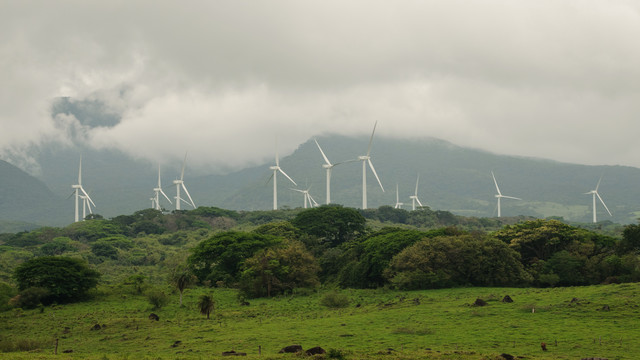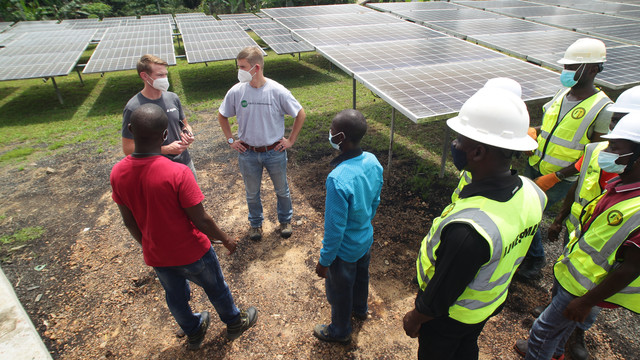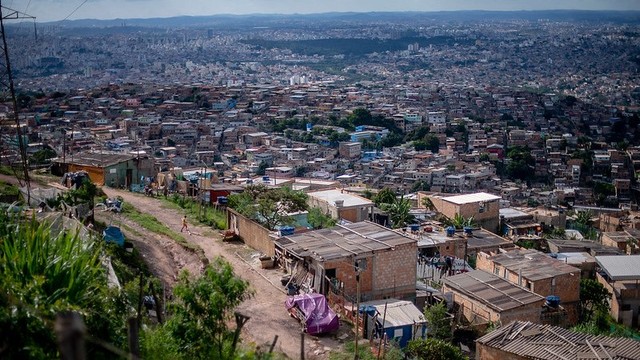The hilsa fishing ban: good for the fish, but good for the fisher?
Seasonal fishing bans are helping to recover stocks of Bangladesh's national fish, the hilsa. Bigger fish are fetching better prices and – from traders to retailers − many people along the value chain are benefiting. But a new IIED study shows how one group is slipping through the net: the fishermen and women.


Hilsa fish at a wholesaler fish market in Dhaka (Photo: Ina Porras/IIED)
Greener practices
The Bangladeshi government is embracing a number of ambitious initiatives to safeguard the country's natural resources.
One major challenge is to slow the rapid decline in stocks of hilsa fish, a species highly valued in Bangladeshi culture.
Measures introduced include restrictions on fishing gear – such as clap nets, driftnets and barrier nets − known for exploiting hilsa fish, tracking the type and size of vessels engaged in hilsa fishery, and seasonal fishing bans in four fishing sanctuaries.
These restrictions allow mature fish to reproduce and juvenile hilsa (jatka) to grow. As juvenile fish are allowed to mature, they reproduce and the overall stock is replenished.
Combined, these measures seem to be working, with stocks beginning to show signs of recovery. Some studies suggest that the temporary fishing ban can also protect other fish, shellfish and help to maintain biodiversity within the four sanctuaries.
Bigger fish, better profits
Cultural preference and the fish's flavour guarantee demand of hilsa, making it a valuable commodity. And our study shows that bigger and better fish sizes generate higher profits as they travel through the market – fetching as much as US$25 per kilo in niche markets in Dhaka, as well as abroad.
Fish is sold through auctions at landing centres, where intermediaries – locally known as aratdars – use their extensive networks to access real-time market information, helping them get the best price for a catch. As the fish moves along the chain it creates many other jobs in transport, trading and retailing.
This boost to the fishing industry – already representing 4.3 per cent of GDP – is good news for the country's economy.
Fishers pay the price
But along the value chain, fishermen and women are the one group missing out on the benefits of these restrictions.
The government gives a partial compensation as an in-kind payment for ecosystem services (PES). So, hilsa fishing families receive 40kg of rice during the ban as part of a social protection scheme linked to this environmental programme.
While welcome, this is not enough to compensate for the loss of protein and the absence of income for the household during the ban. While they may be replenishing hilsa stocks, the restrictions are pushing fisher folk – already poor, uneducated and in debt to the intermediaries − further into poverty.
Struggling to make a profit
Fishermen and women have almost no power when it comes to negotiating the price for their catch with traders. In debt and with no other means of accessing finance, they are forced to accept knocked-down prices set by the aratdars who buy the right for the fish as soon as it lands. To get cash advances they need, the fishers are left with no choice.
Being unable to access cold storage further limits the fishers' bargaining ability when they land. Meanwhile the aratdars, most of whom can chill fish and keep it fresh, are able to monopolise this first rung of the chain.
Bigger and better fish do not benefit fishermen and women – only those that come after.
Informing the process to rebalance power
IIED's latest study unpicks the complex matrix of profit and power along the hilsa value chain. Combining focus groups, field surveys and interviews with key informants we provide evidence on who's benefiting and who's not. This consultation can help policymakers design strategies to regovern the Bangladeshi hilsa fish market to make it more inclusive.
Our study is part of IIED's work on coastal fisheries exploring how local development can contribute to achieving the Sustainable Development Goals (SDGs) and the overarching commitment to 'leave no-one behind'.
Counting on everyone
While commitments to protect the environment and tackle poverty are not easy to implement, our findings show how efforts to conserve marine resources are beginning to pay off.
But the findings also highlight that there are ways to make policies more inclusive, and move towards the SDGs' vision to end poverty, protect the planet and ensure prosperity for all.
Ina Porras (ina.porras@iied.org) is a senior researcher (environmental economics) in IIED's Shaping Sustainable Markets research group.




